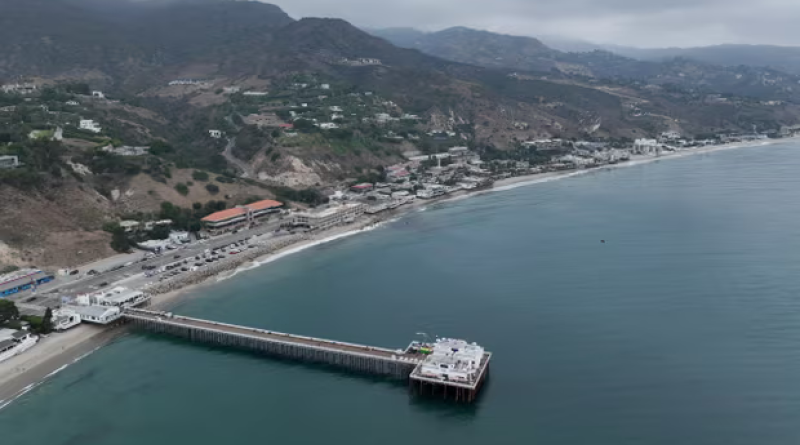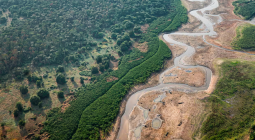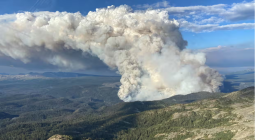Erin Arias, a resident, said she was racing up the mountain when she received the order to leave and did so, grabbing her passport and dog. On Wednesday, she and her husband doused water on the roof of their still-standing home. Their cat was missing, she said.
“It’s absolutely scary,” Arias said, looking at the burned embers of her neighbor’s home. “We’re really lucky.”
The UCLA climate scientist Daniel Swain said the fire moved extraordinarily fast across complex terrain, probably giving residents less time to evacuate than usual and surprising even seasoned fire officials.
“[The fire] had to go up mountainsides, burn downslope, jump across valleys, burn across new ridges, and then make it downslope again at least two other times in effectively one burning period,” Swain said.
The governor, Gavin Newsom, sent national guard troops in to help with evacuations, and the White House said Joe Biden was monitoring the situation.
Elsewhere, more than 5,500 homes in Riverside county were under evacuation orders due to the so-called Airport fire, affecting more than 19,000 residents. Several recreational cabins and structures in the Cleveland national forest have been damaged.
In San Bernardino county, some 65,600 homes and buildings were under threat by the Line fire, and residents along the southern edge of Big Bear lake, a mountain town popular for winter sports and lake recreation, were told to leave on Tuesday.
On the Nevada border with California near Reno, the Davis fire forced thousands of people to evacuate over the weekend, destroyed one home and a dozen structures and charred nearly 9 sq miles (23 sq km) of timber and brush along the Sierra Nevada’s eastern front.







